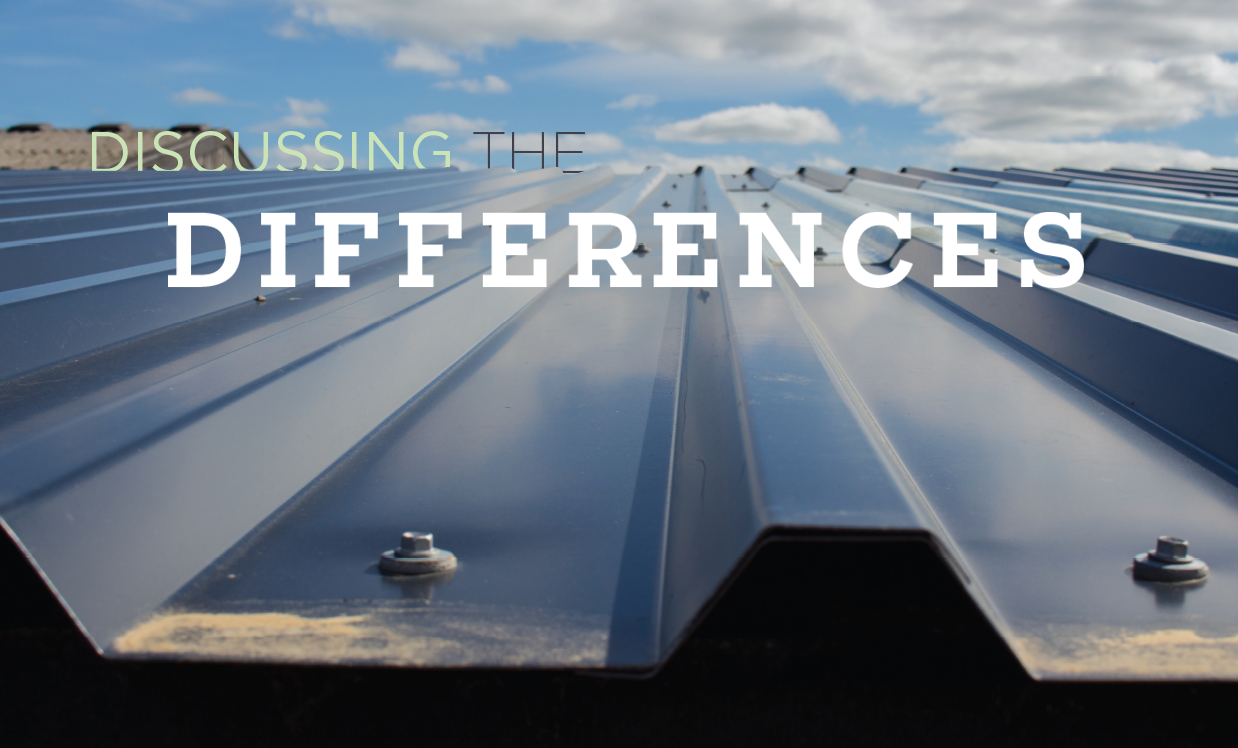
As humans, we tend to err on the side of optimism when asked to share how we feel. The throwaway question “How are you?” usually gets a “Great! And you?” reply. Or when your sales team lands a new contract, the office and shop buzz is likely focused on excitement and happiness for the company.
But humans are complicated and have complex feelings. The pressure to always present an optimistic front belies what usually is the truth: a mixture of happiness and sadness, optimism and pessimism, hopefulness and trepidation. This ambivalence, according to an article in Harvard Business Review titled “Embracing the Power of Ambivalence,” should be normalized in working environments.
The article states: “How employees feel on the inside isn’t always aligned with what they share with others. People often hesitate to share their ambivalent emotions with colleagues, fearing that they’ll taint the mood or appear emotionally vulnerable—like they don’t have it all together.”
For example, if you ask a foreman how he or she is feeling about a new job your company is about to start, he or she may say something like, “My crew is excited and ready to get to work.” But in a work culture that embraces emotional ambivalence, the response instead may be “I am a little nervous because we haven’t worked on a job this big before. I don’t want to let you down, but I am worried about the timeline.”
This vulnerability can result in an open discussion about ways you and your leadership team can better support your crews and help prepare everyone for potential challenges you can meet head on before it is too late.
The authors write: “Our research suggests that emotional ambivalence can also make people more adaptable because it helps them think about things in a more flexible way, which allows them to come up with alternative ways of approaching problems.”
To help your employees know having mixed emotions is acceptable, you can share some of your ambivalence with them. For example, you could say: “Yes, I am nervous about this job, too, because it’s for a new client. I want to cultivate a relationship with them, but I also have heard they can be difficult to work with.”
The authors conclude: “Organizations that are cooperative, interdependent and relatively egalitarian set the foundation for harnessing emotional ambivalence. These are the environments where it’s seen as an invitation to collaborate and solve problems together. It’s engaging, inclusive and democratic.”
AMBIKA PUNIANI REID is editor of Professional Roofing and NRCA’s vice president of communications.



